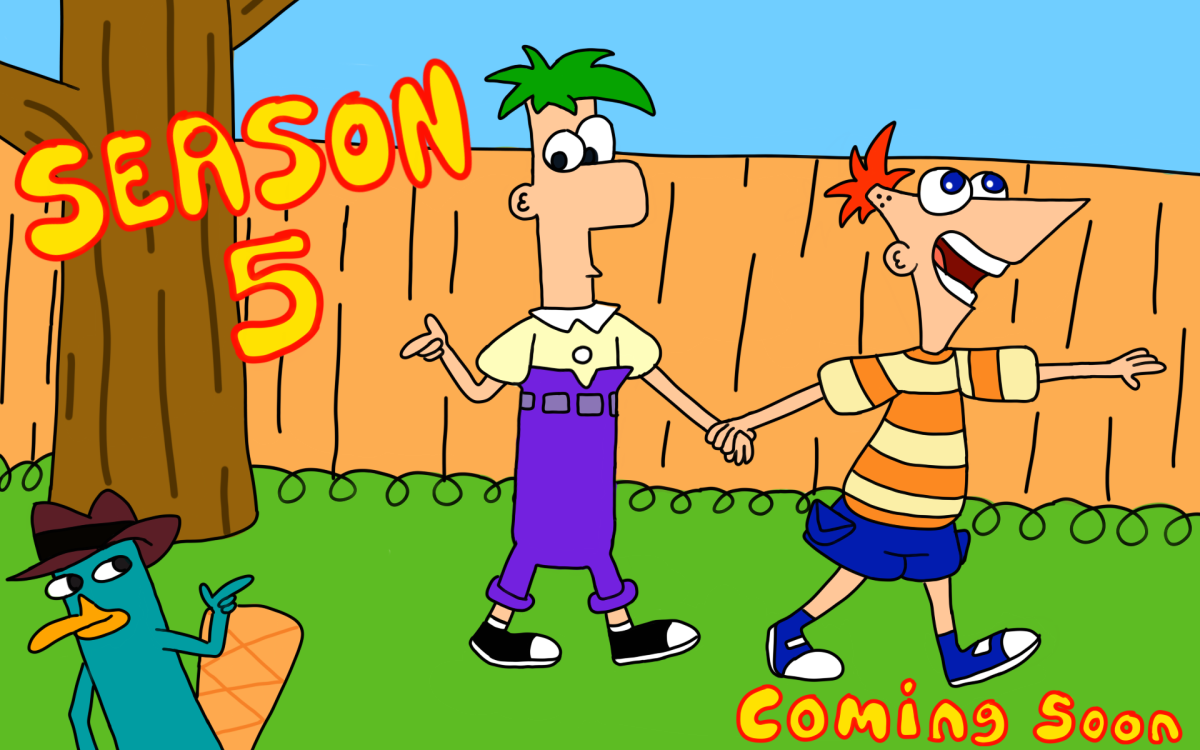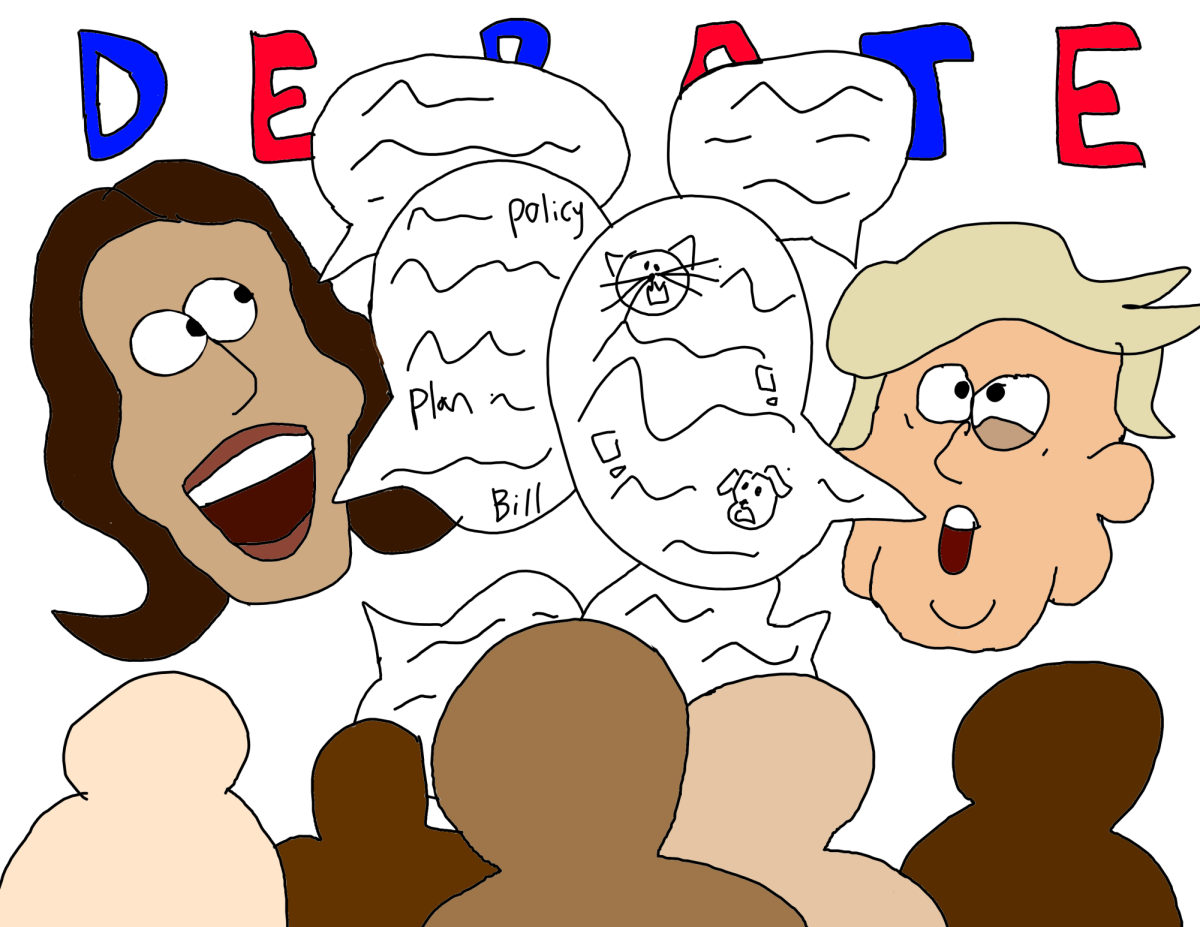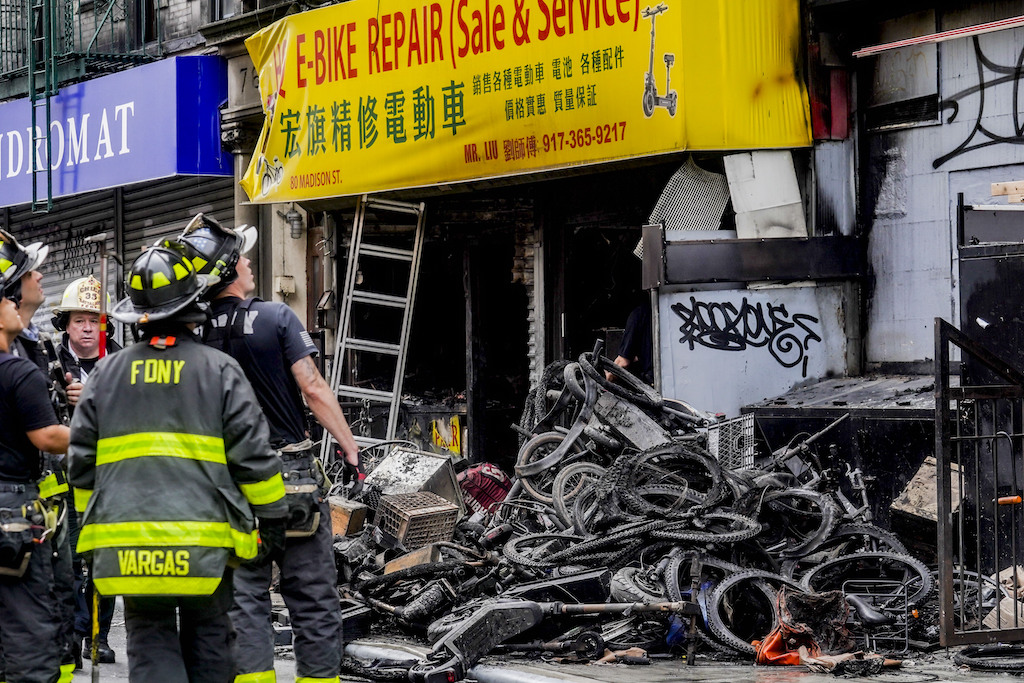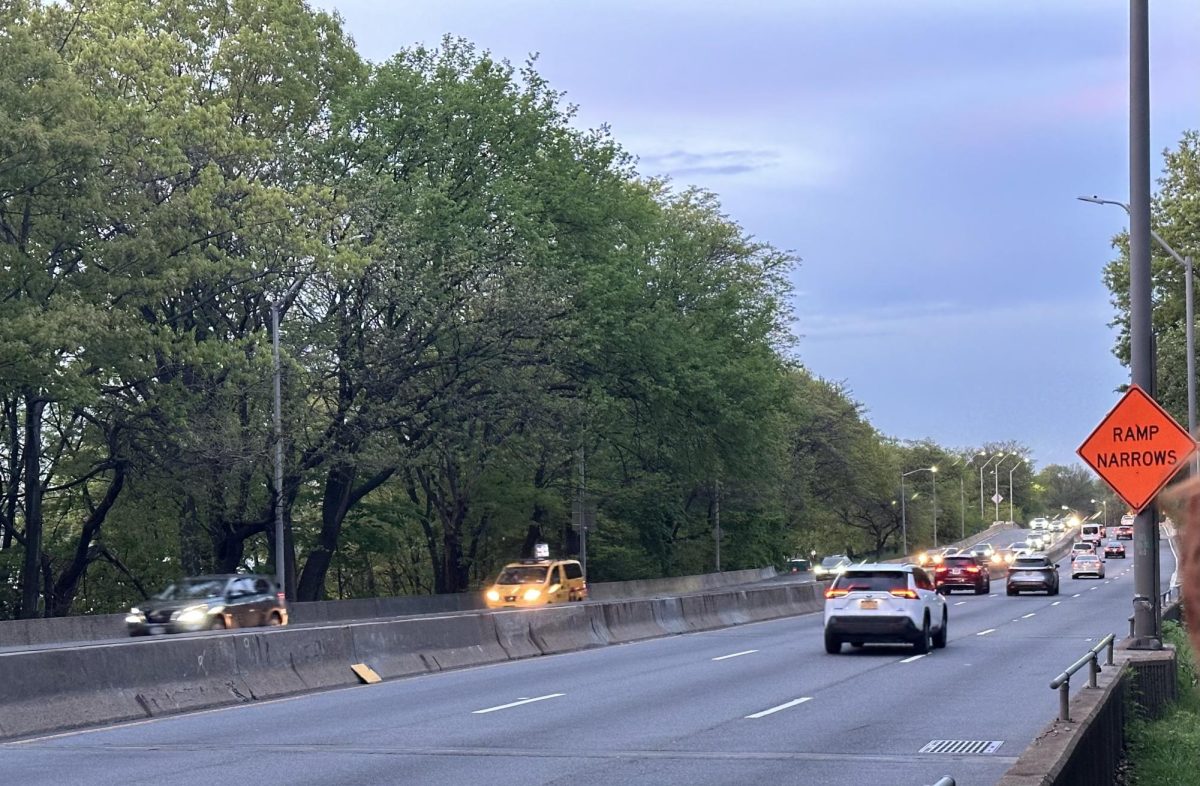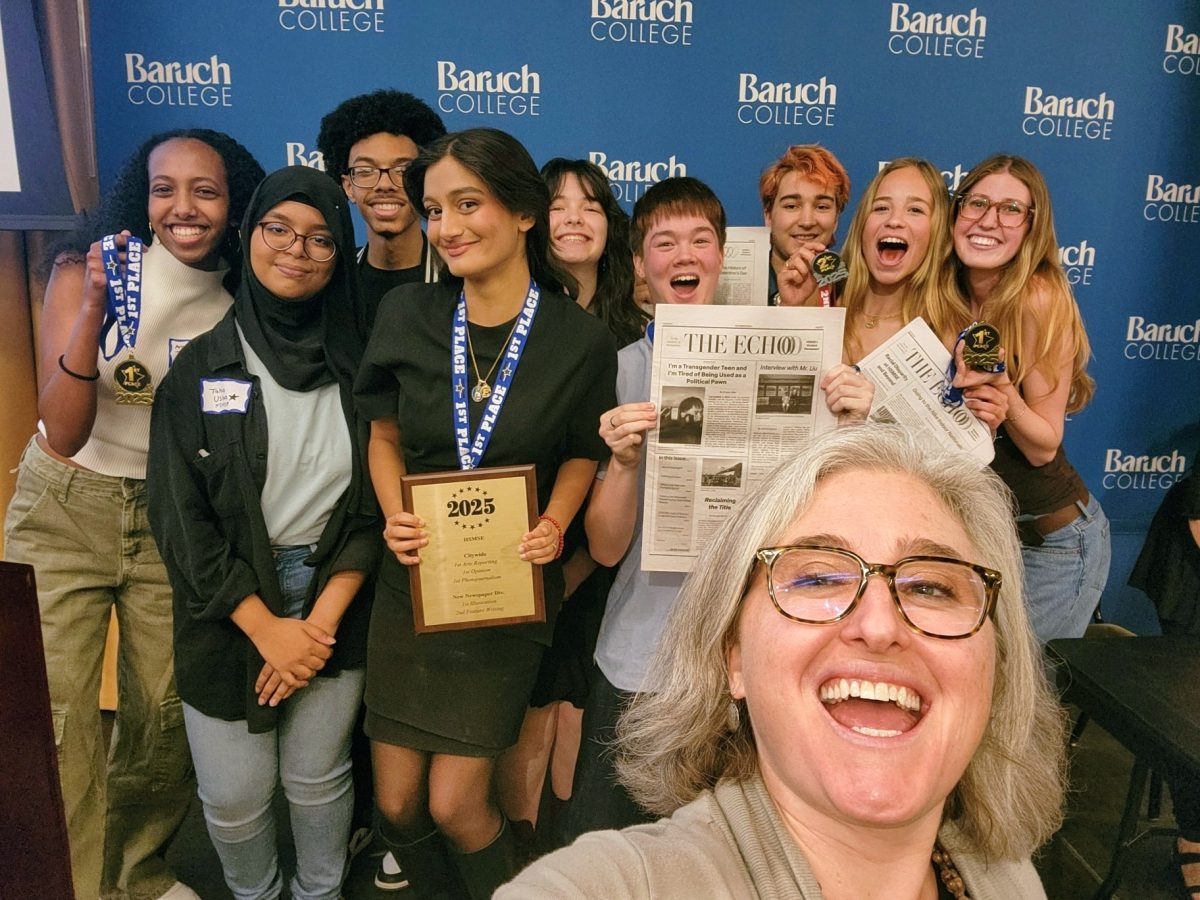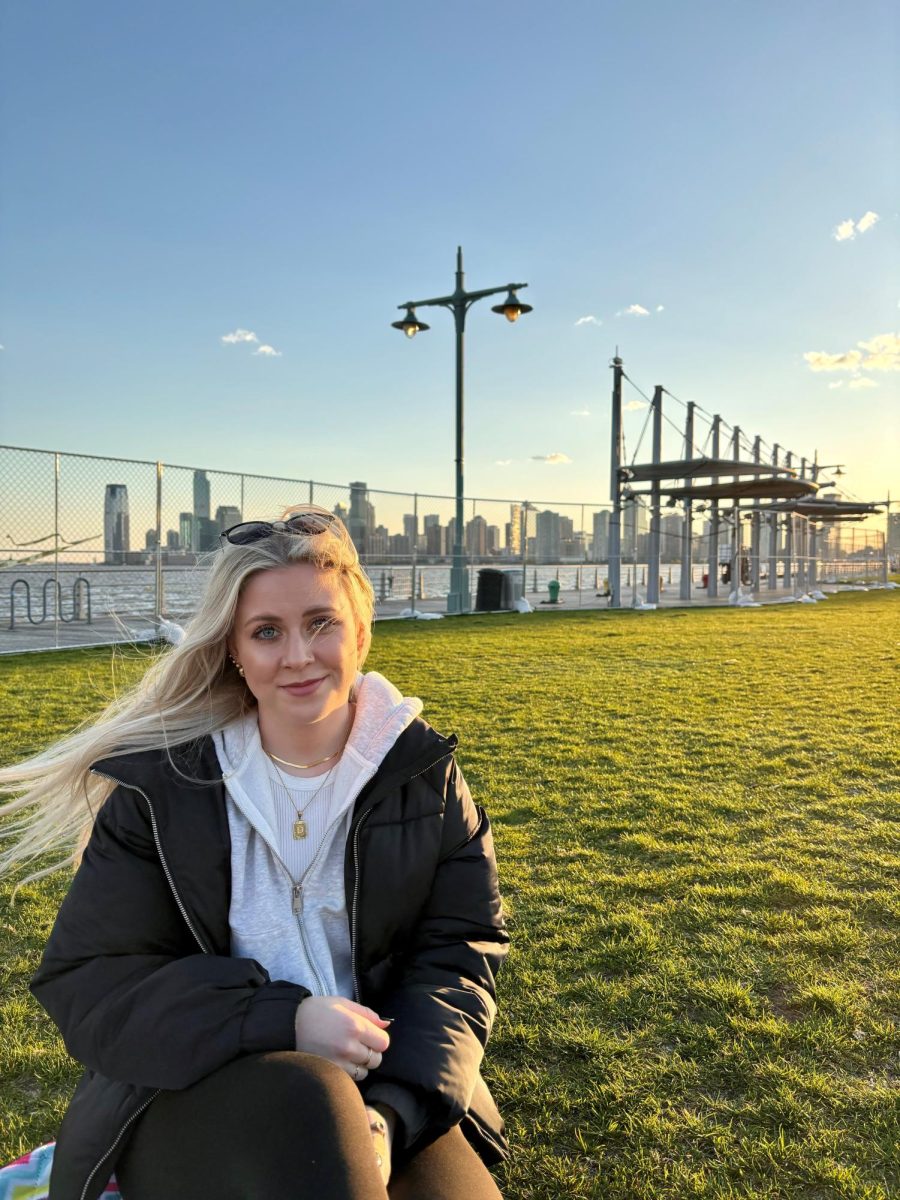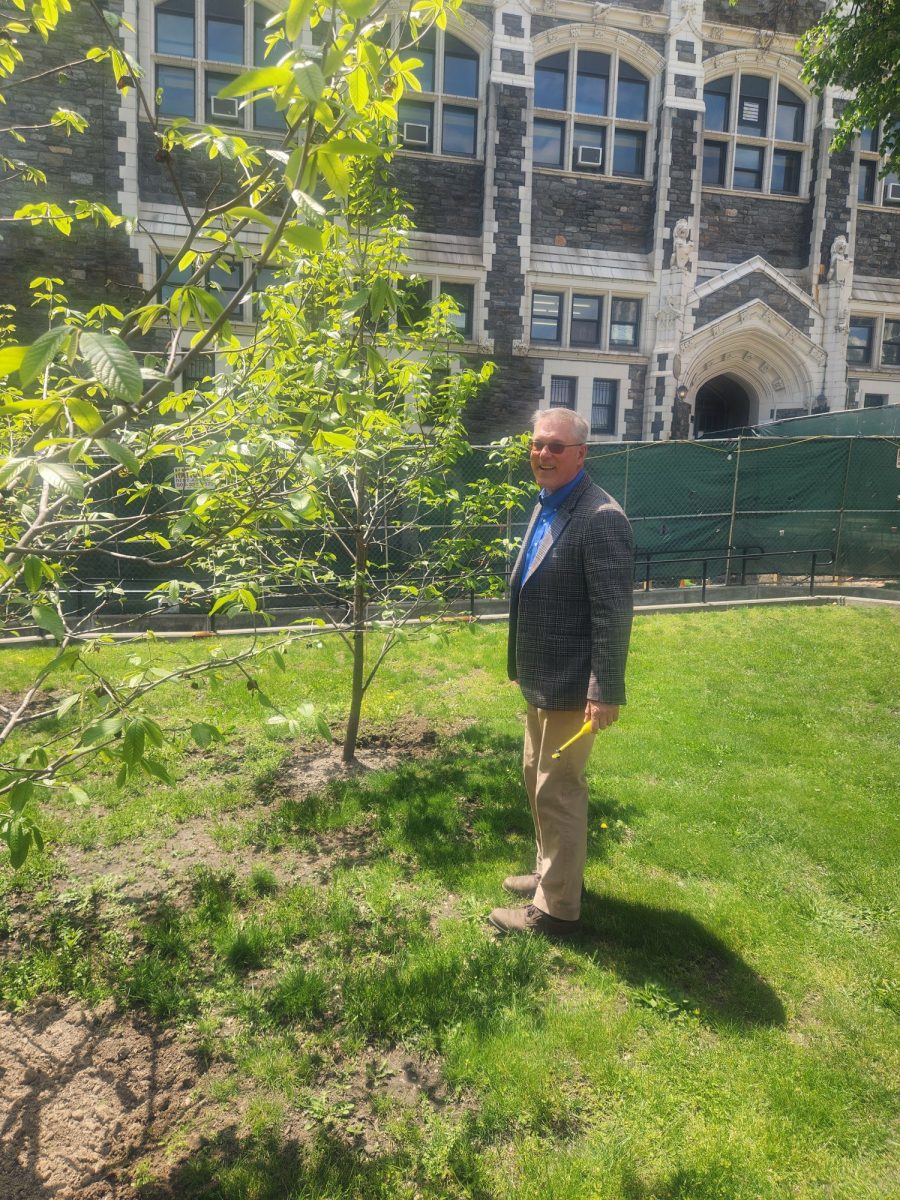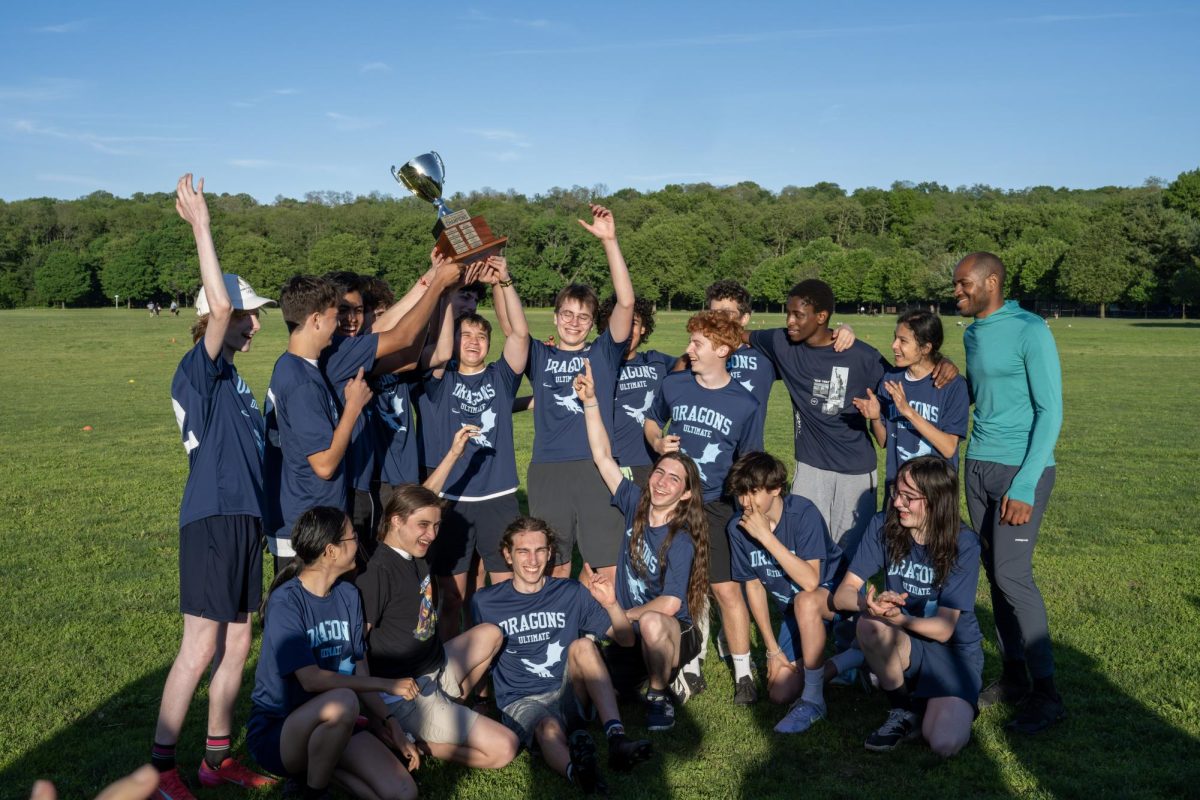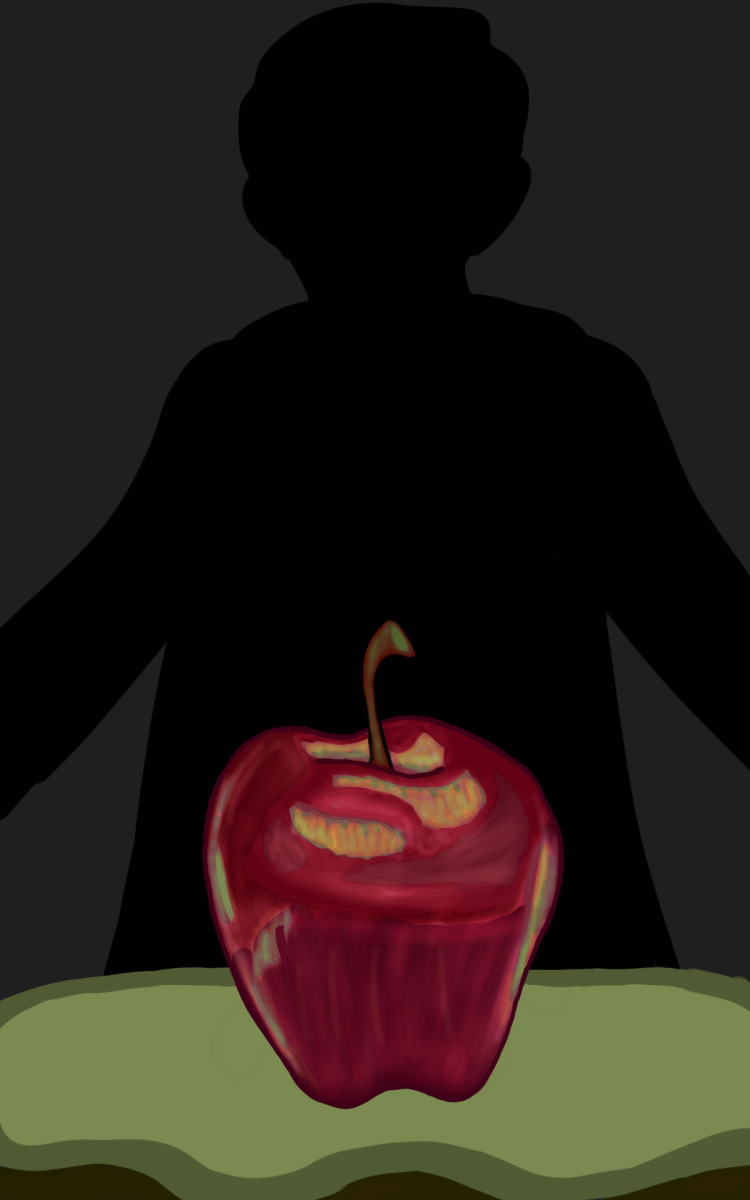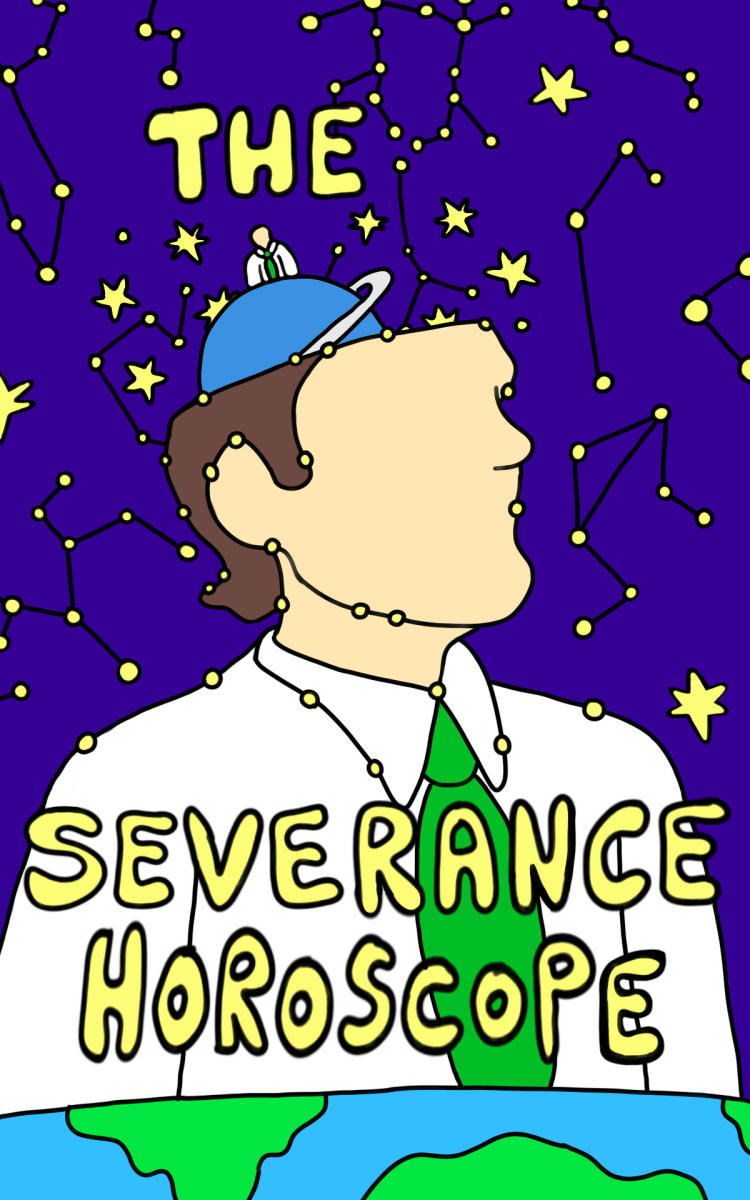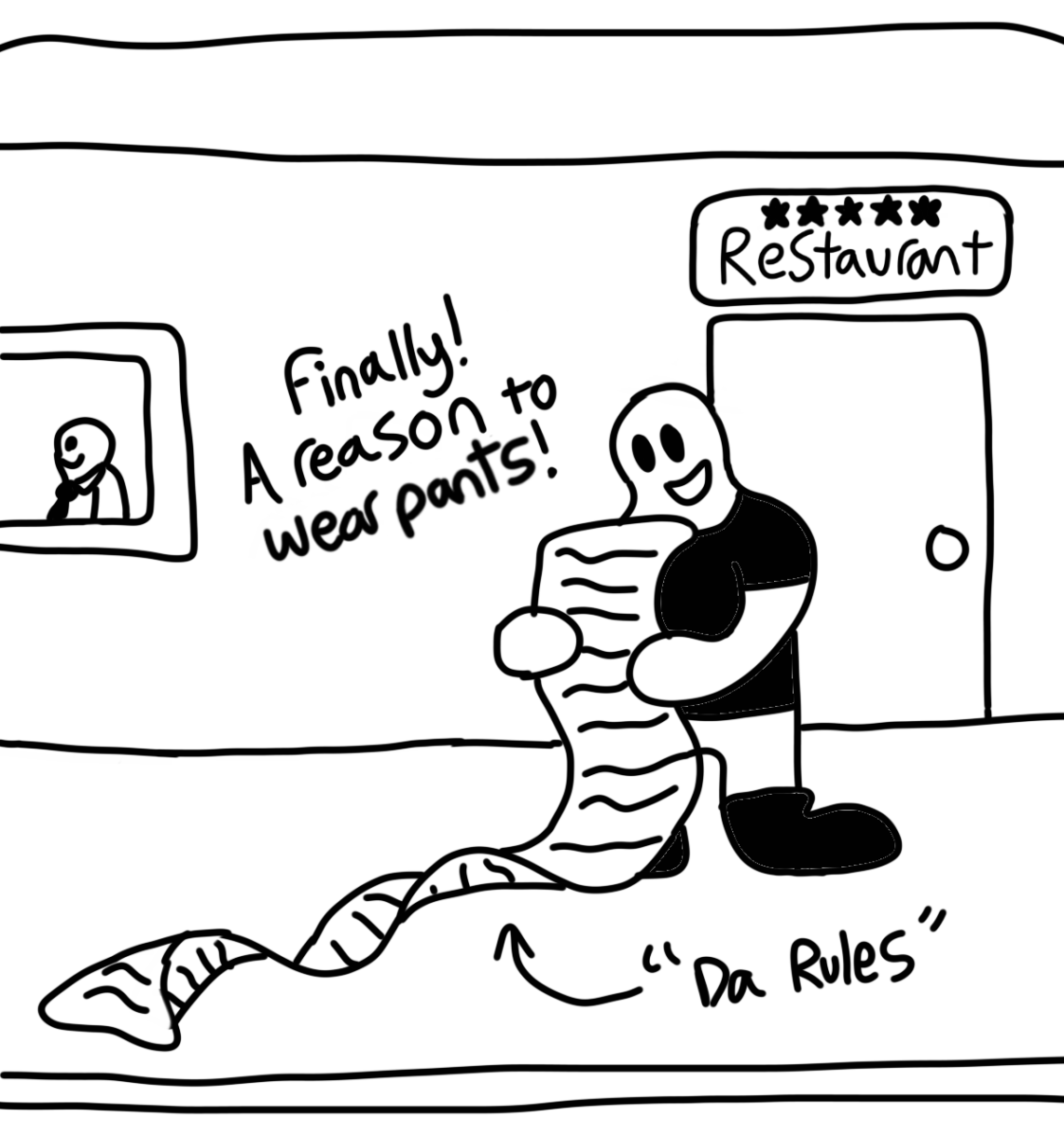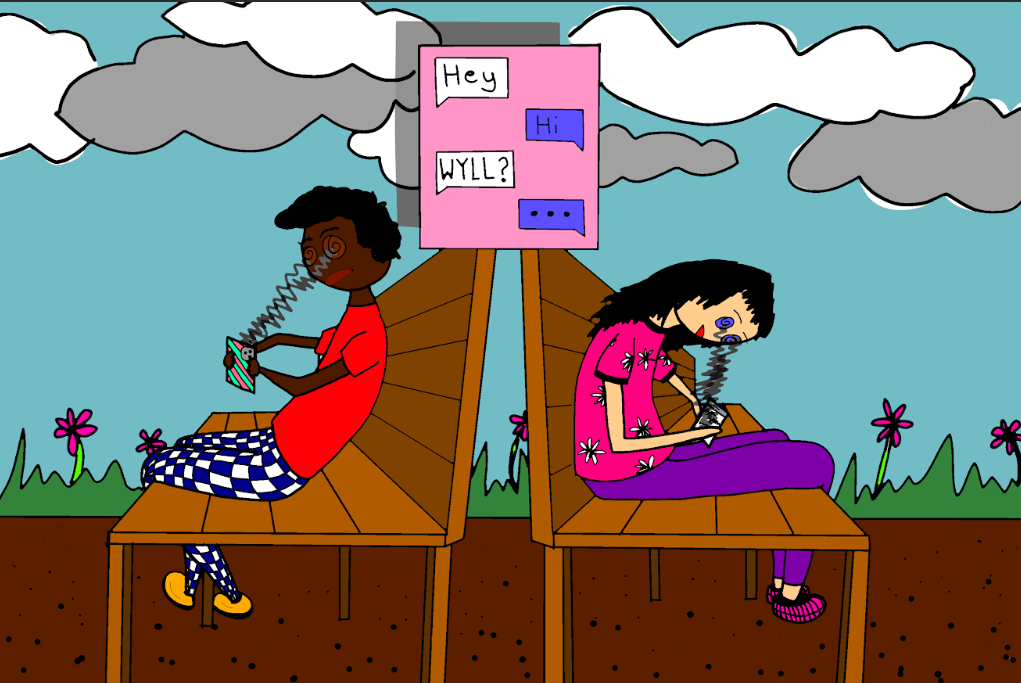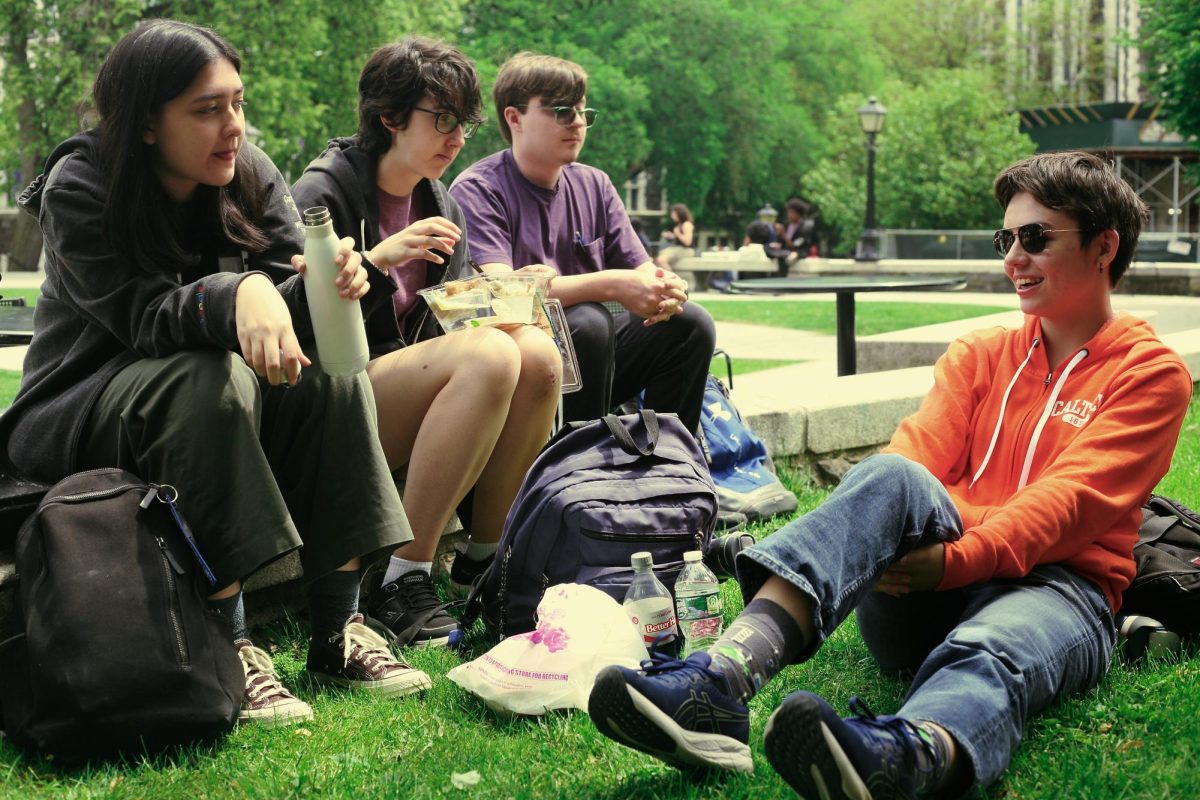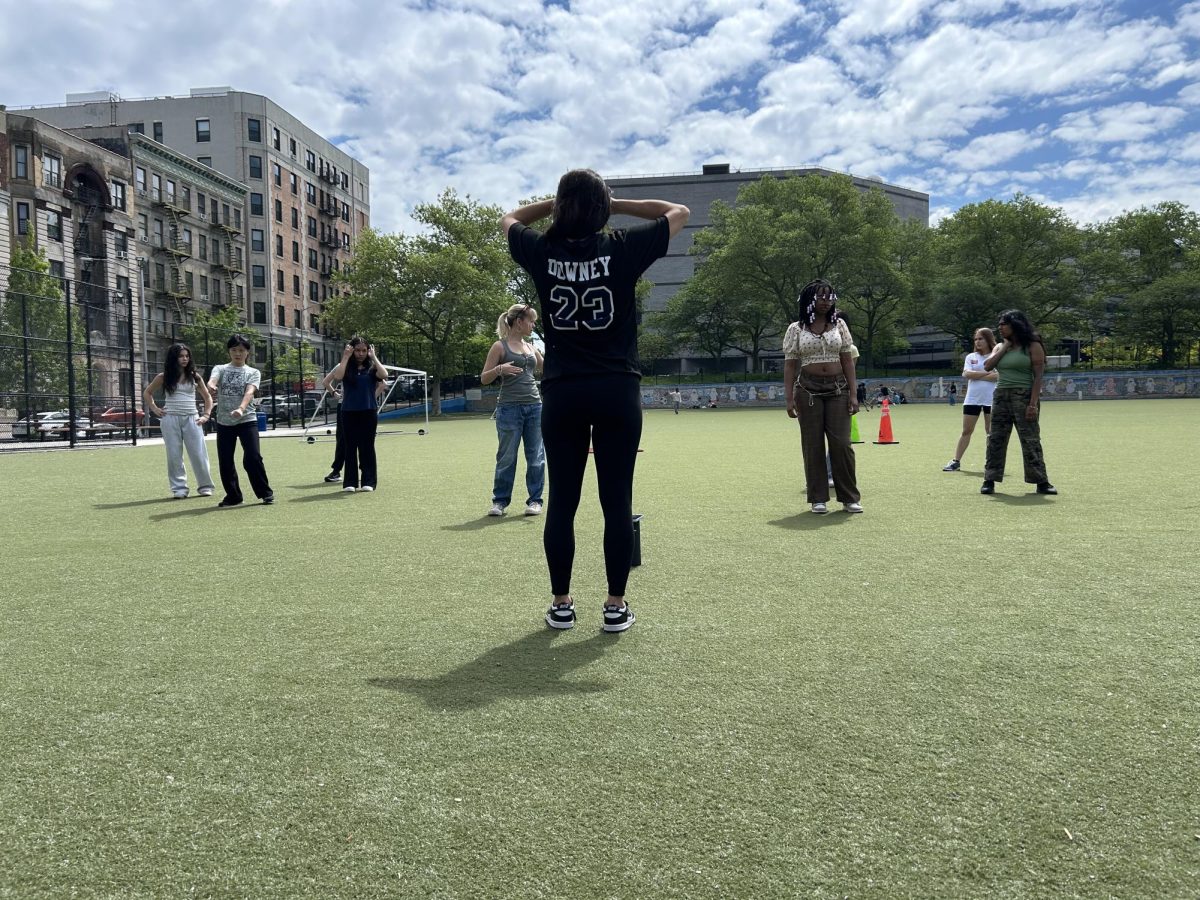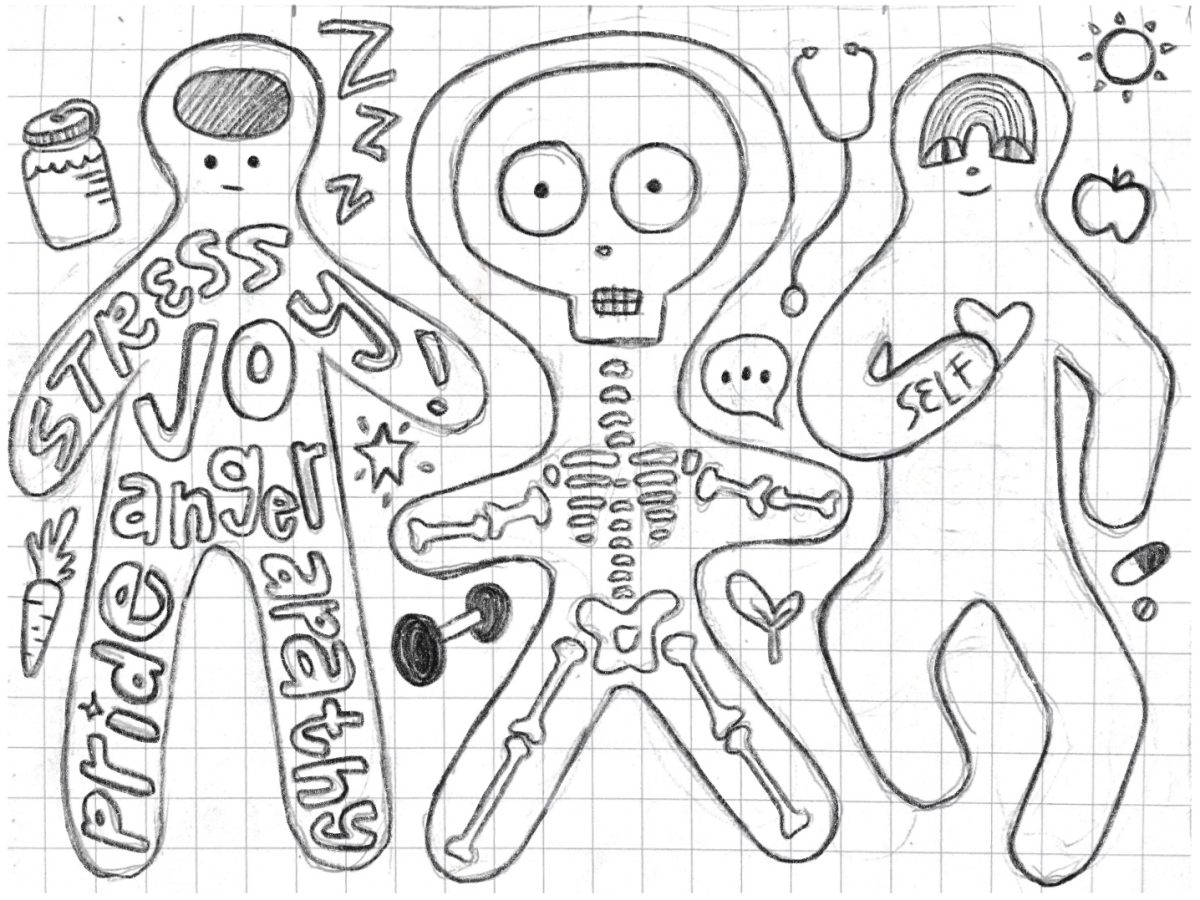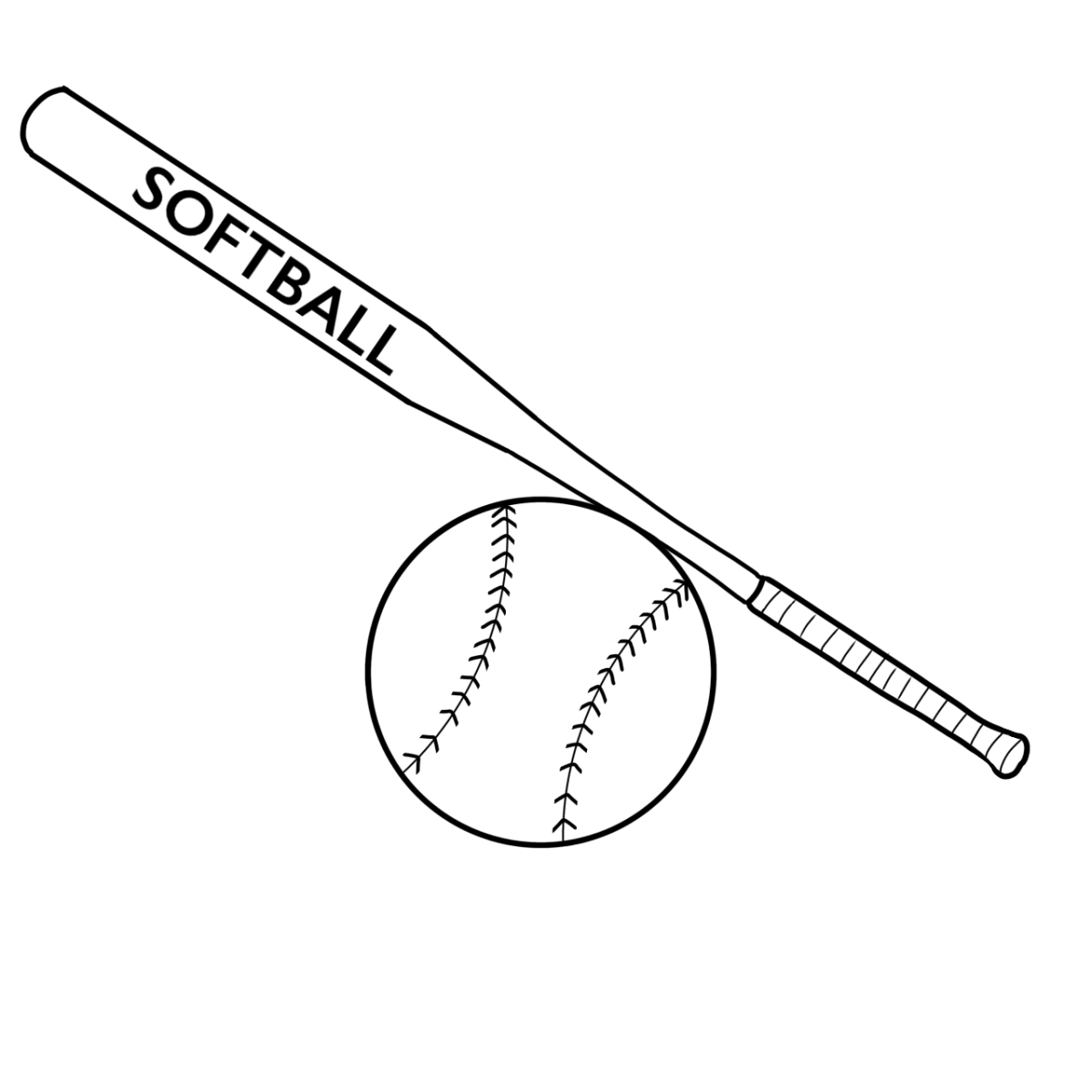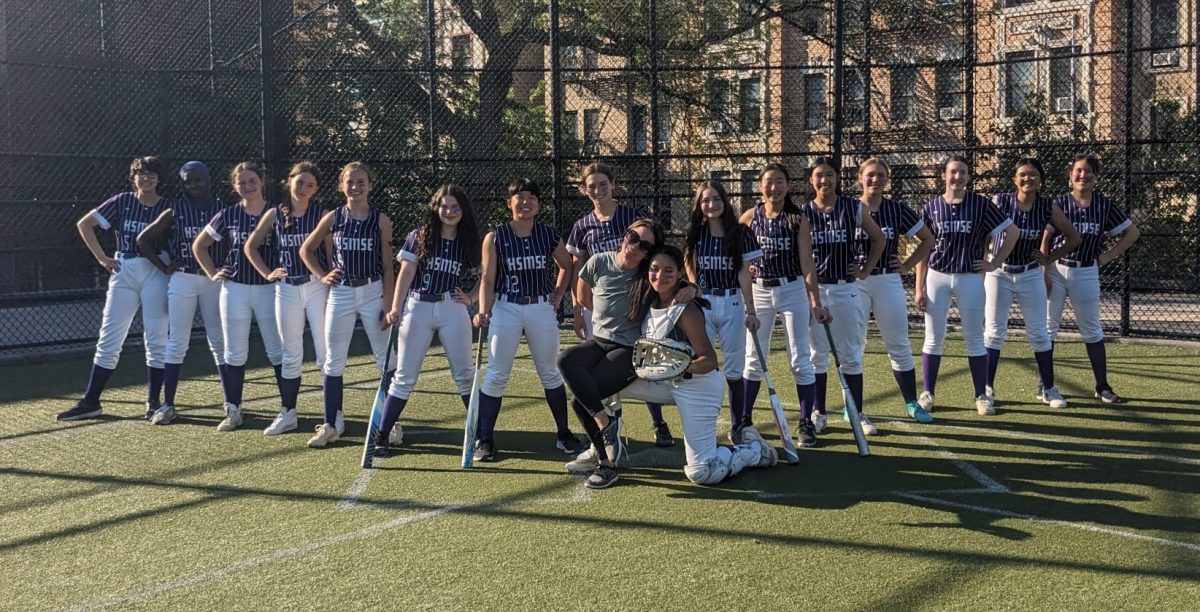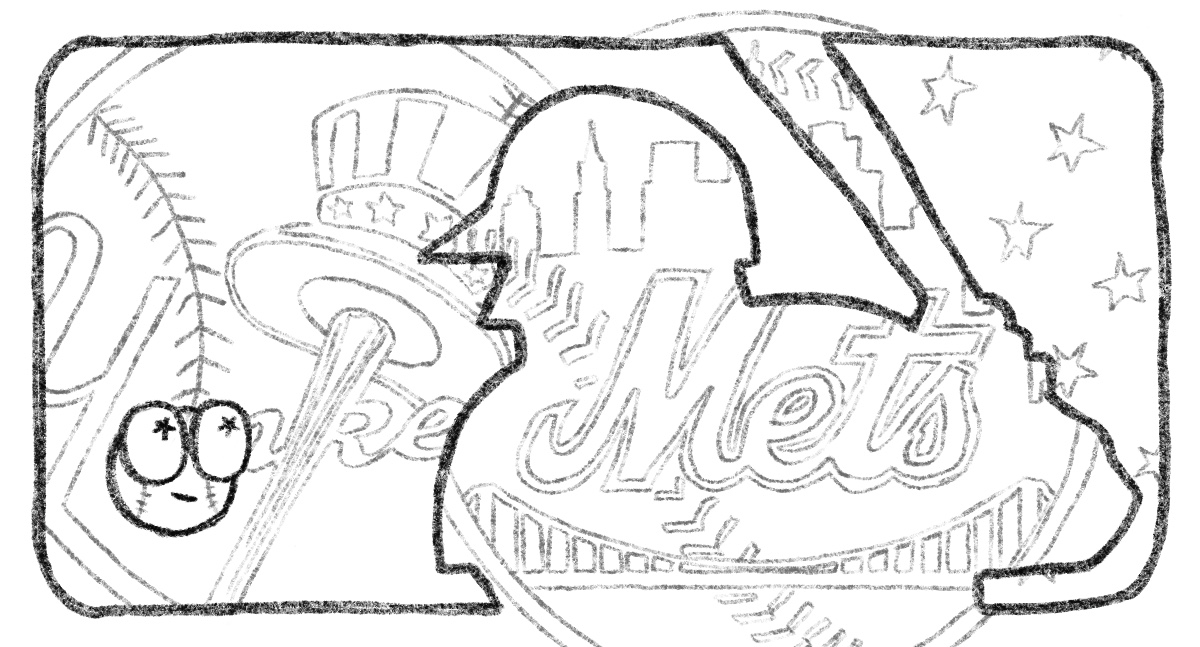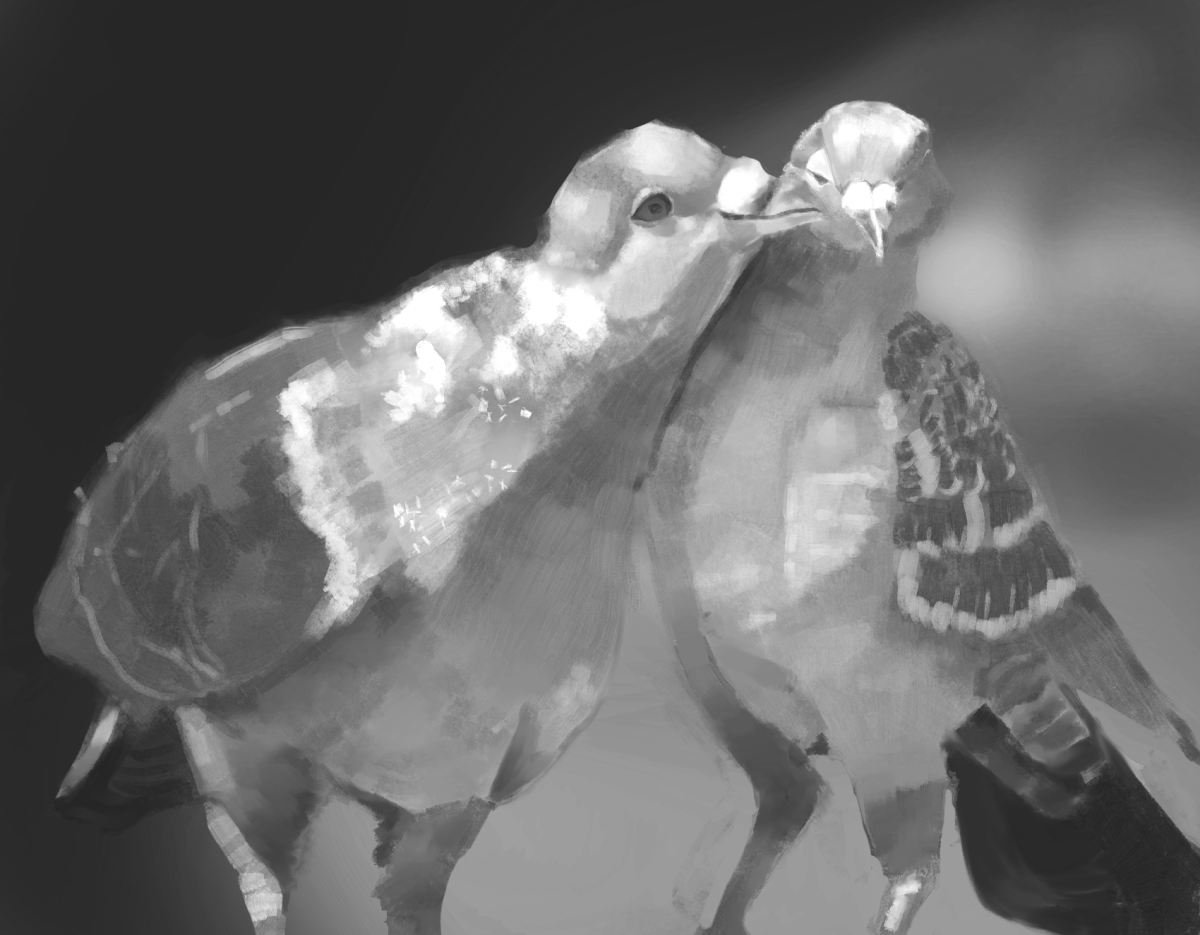Ah, the pigeon, or more specifically, the rock dove pigeon. One of our nation’s mightiest birds. We see them every day: eating discarded food, almost getting hit by cars, and pooping on everything and everyone. They rule the skies above while we’re stuck waiting for the subway below. Despite pigeons being objectively superior to us, most New Yorkers have nothing but animosity towards our feathered friends. Pigeons are a staple of New York City, but they are treated terribly by New Yorkers, who call them “flying rats” and refuse to acknowledge them as the true rulers of New York City. When tourists come to New York City, do they care about its people? No! They flock (pun intended) to the city just for the chance to see a horde of pigeons fight off a rat for a piece of pizza. Pigeons are entertaining, smart, and look great, which is why they are the rightful state bird of New York.
Currently, New York’s state bird is the eastern bluebird. How many eastern bluebirds have you seen lately? Now compare that to how many pigeons you see on a daily basis. There are over 4 million pigeons in New York City alone, and they stay in the city year round while eastern bluebirds fly south for the winter like traitors. If that wasn’t treacherous enough, the eastern bluebird is also the state bird of Missouri. New Yorkers shouldn’t have to share anything with anyone, much less the people of the “Show Me State”. The eastern bluebird has no place representing New York. We deserve a state bird that truly embodies our state’s values, a state bird that we can call our own. Pigeons are New Yorkers, and we should acknowledge them as such. But how did they become New Yorkers?
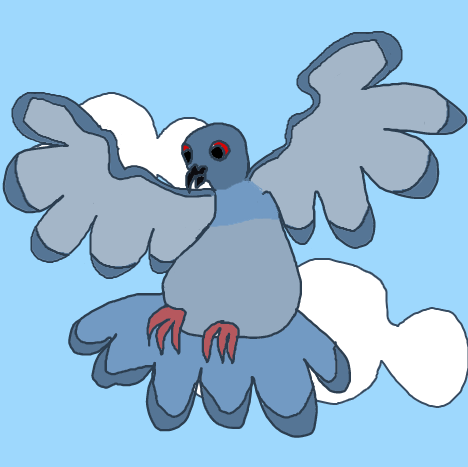
Despite being integral characters of New York, pigeons are originally from Europe, the Middle East, and North Africa. Pigeons were brought to America by European colonists during the seventeenth century as a food source, but several escaped captivity and spread across America on their own because guess what! Pigeons can fly! Pigeons are natural cliff dwellers. Since cities are built mainly from concrete, stone, and steel, there are many places for pigeons to nest that resemble cliffs, such as building awnings, window ledges, and scaffolding. Cities also provide pigeons with an endless supply of food: the majority of New Yorkers drop food on the sidewalks and streets while the better New Yorkers feed their overlords directly. With over eight million people and one million buildings, New York City is the perfect place for pigeons to reside. Pigeons know their worth, and they are grateful to us for providing for them. We should be grateful for them too.
You might be wondering, “why should we be happy that pigeons let us live in their city? What have they done for us?” Well, skeptical reader, I’ll tell you. Pigeons have been the backbone of societies for generations. Pigeons have been kept as either pets or food sources for hundreds of years, with pigeons even being present in Mesopotamian art from around 4500 BCE, which suggests that pigeons are one of, if not the first, birds humans ever domesticated. Even Charles Darwin recognized the importance of pigeons. By breeding pigeons in his backyard to test patterns of artificial and natural selection, he was able to shape his theory of evolution. Pigeons also helped save human lives. During World War 1 and World War 2, carrier pigeons were used to transport messages to soldiers on the front lines and warn them about potential enemy attacks. This was because homing pigeons have the impressive ability to always find their way “home” (as could be assumed from their name), and can fly up to 93 miles per hour. One pigeon by the name of Cher Ami saved the lives of over 100 soldiers during World War 1. The Lost Battalion (nine companies of the United States 77th division) was isolated and trapped by German soldiers after an American attack in the Argonne Forest during 1918, out of food and water and in desperate need of support from other troops. So they sent an urgent message attached to Cher Ami. Despite being shot in the chest and having one leg hanging by a single tendon, she delivered the message to headquarters, which saved the lives of 194 men. Don’t worry, medics were able to save her life and fashion her a wooden prosthetic leg–it was the least they could do for a national hero. Maybe pigeons shouldn’t just be the state bird, but the national bird as well.
Pigeons have character. They are peaceful, well mannered individuals. Much like their fellow New Yorkers, if you don’t bother them, they won’t bother you. Pigeons are also very intelligent. They are one of a few birds who can recognize themselves in a mirror, and they can distinguish themselves from other pigeons. They can always find their way “home”, which makes them excellent navigators. They can hear frequencies humans cannot, which allows them to sense incoming natural disasters such as hurricanes before meteorologists can predict them. They undertake rigorous self-grooming, so despite all preconceived notions that pigeons are dirty and “rats with wings,” they are actually very clean birds. Furthermore, most diseases they do get are not zoonotic, which means they cannot be passed onto humans, and the diseases they do have are common in all birds and don’t pose a large risk to humans. Pigeons don’t just have amazing personalities and good hygiene, they are aesthetically pleasing as well. They have beautiful iridescent feathers on their necks, which change from purple to green to a mix of both depending on what angle you look at them from. They have thick, fluffy looking gray and white plumage, alluring orangey-red eyes, and funny looking feet, which make pigeons more presentable than any New Yorker you’ll see. They are incredibly photogenic, and would look great on our city and state flags.
Despite having a very bad reputation, pigeons are amazing members of our community. They boost morale, add to the big city aesthetic, and are overall just super cool birds. They are smart, pretty, and help show the positive aspects of living in New York City. You should want a state bird that makes you proud to be a New Yorker. It’s time we give back to our winged companions and make them New York’s state bird, a title that is long overdue. They deserve it.
